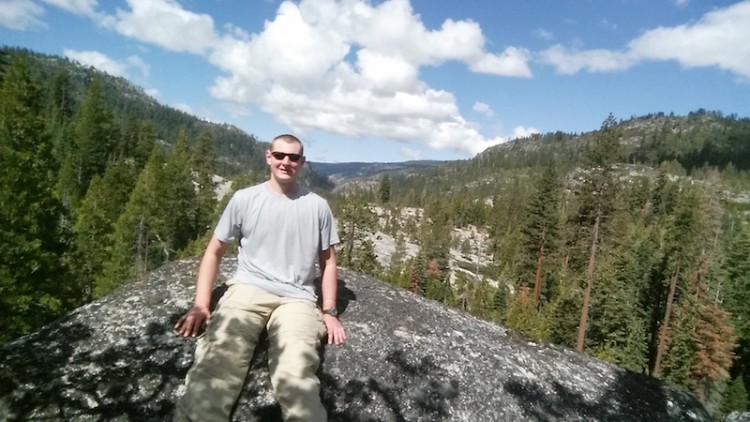My 6 Pillars of Managing Osteoarthritis After the 'Cures' Didn't Work
My path towards ankle osteoarthritis (OA) began while I was playing collegiate basketball. Over the course of those few years, I was always spraining my ankle, sometimes very severely, and never taking the time to properly care for it. I was 21 years old and figured I wouldn’t have to worry about any ramifications until I was 50 or 60. But all the damage sustained over that short period of time led to early onset osteoarthritis in my right ankle at age 28. Until that point, I had lived an active life. I enjoyed playing basketball, golfing and just generally being on the move. That all changed rather quickly and 30 years too early.
Frustrated, scared and confused doesn’t even begin to describe how I felt.
During the first few years after my diagnosis I think I tried just about every “treatment” or “cure” I came across. I was, and still am, pretty stubborn, so I believed I could find a way to beat osteoarthritis. After all those cures failed to deliver on their promises, only then did I come to accept that I needed to learn how to manage osteoarthritis so I could live an active life.
Now 10 years later, at the age of 38, I’m still learning how to properly manage my OA. While I’ve made some mistakes, I’ve learned a lot. I’m still able to live an active life, but I’ve learned how to better manage my expectations.
To help manage my OA, there are six pillars I’ve learned lean on over the years. It’s these six pillars that have allowed me to grow and thrive even with my ankle OA.
1. Develop a support system. Both my family and friends have proven to be reliable support systems. Talking with them and even educating them about my osteoarthritis if needed has helped me better weather the ups and downs I experience.
2. Knowledge is power. Right after I was diagnosed, I wanted to learn as much as I could about my condition. I spent a lot of time reading about the experiences of other OA sufferers. I also read scientific articles and research to gain a firm grasp of the treatments that actually work and the clinical trials testing potential cures. All that content helped me to be better prepared to proactively manage OA, talk with my doctors about how ankle OA will affect me moving forward, and help others suffering from the same condition.
3. Own it. There are days when my osteoarthritis keeps me from doing much of anything. But on a day-in-day-out basis, I want to do what I can to ensure I’m living a life that allows me control my osteoarthritis as best I can. I pay special attention to my diet, exercise and physical therapy, and mental focus so I don’t get caught up in the mental rollercoaster that OA can sometimes create.
4. Better communication. I learned quickly that saying “My ankle hurts” doesn’t do an adequate job getting the message across about how I’m really feeling. Instead, being as specific as possible saves a lot of needless back-and-forth and frustrating communication. Here’s an example of what’s worked well for me: “Because my ankle is swollen and has limited movement, walking or even standing too much today is going to be uncomfortable. I’d prefer to rest and save my energy for another activity.”
5. Coping mechanisms. Dealing with osteoarthritis can make me frustrated, impatient and grumpy. Those feelings get in the way of owning my condition, as I mentioned above. Learning various coping mechanisms, like meditation, provides a pathway to becoming better mentally equipped at managing my osteoarthritis.
6. Life balance. I still like to be active by backpacking and fishing or walking my dog. But now I have more realistic expectations about what I can do and for how long. I’m getting better at balancing my activity-filled days with ones where I sit on the couch all day.
My battle with osteoarthritis is now 10 years old, but I’m still learning how to best manage it while trying to live the type of life I want to live. It’s a delicate balance. Thankfully, I feel those six pillars have been hugely beneficial at allowing me to proactively manage my OA instead of it managing me. I still have a long way to go, but I’m confident I’ll still be able to thrive!

The Mighty is asking the following: What’s the hardest thing you deal with as someone with a chronic illness, and how do you face this? What advice and words of support would you offer someone facing the same thing? If you’d like to participate, please send a blog post to community@themighty.com. Please include a photo for the piece, a photo of yourself and 1-2 sentence bio. Check out our Submit a Story page for more about our submission guidelines.
